Description
Uses:
- Women with high fracture risk who are in postmenopausal osteoporosis.
- Men with a high risk of osteoporosis fracture.
- Androgen-deprivation therapy loss of bones in prostate cancer for males or the loss of bones in females with the use of aromatase inhibitor therapy in breast cancer.
- Management of glucocorticoid-induced osteoporosis in people who are more prone to fractures.
Administration:
Prolia is in the form of a 60 mg subcutaneous injection administered once every 6 months by a physician. The typical injection sites are the thigh, abdomen, or upper arm.
Side Effects:
Among the side effects, which are common, are back pain, muscle or joint pain, and an increase in the level of cholesterol, along with bladder and urinary tract infections. More dangerous but rare side effects can be the presence of low calcium in the blood (hypocalcemia), skin infections, jawbone issues (osteonecrosis), and strange thigh bone fractures.
Precautions:
Patients are recommended to inform the doctor that they are experiencing low blood calcium, kidney problems, dental problems, and/or pregnancy and breastfeeding before taking Prolia. During treatment, calcium and vitamin D supplements are normally advised to preserve the bones. Jaw complications can be mitigated by undertaking dental checkups before commencing therapy.
Important Notes:
- Prolia must not be delayed, and the drug should be taken every 6 months; failure to take the drug causes a risk of fracture.
- When the treatment is discontinued, there is a risk of losing bones rapidly; hence, alternative therapy might be required.
- Always adhere to the instructions of the medical practitioner as regards tracking calcium level and the general health of the bones.

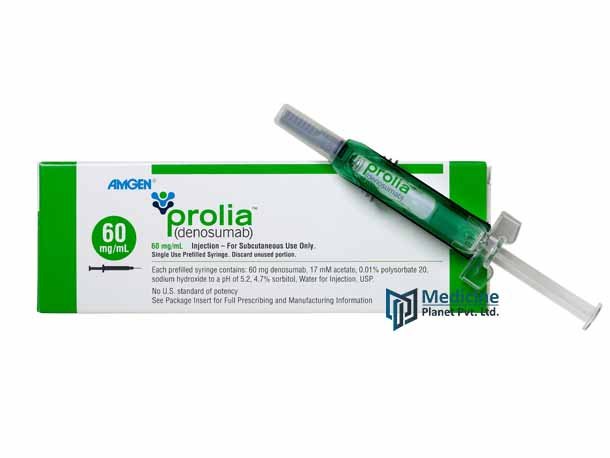
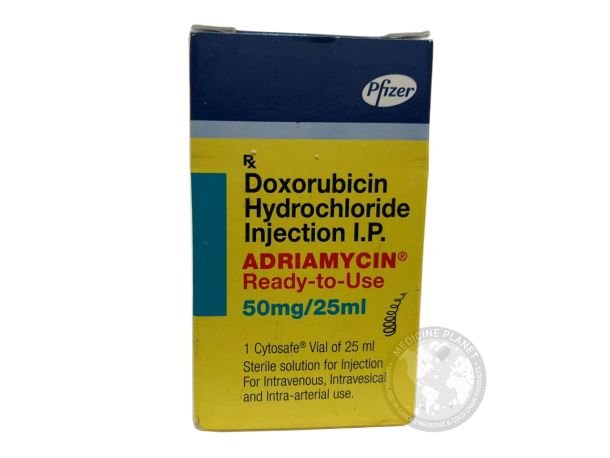




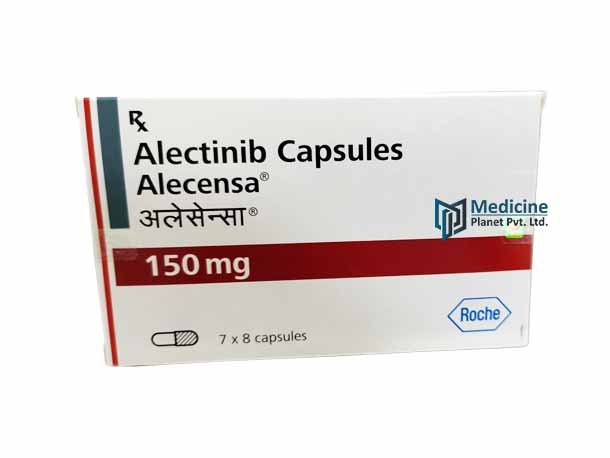
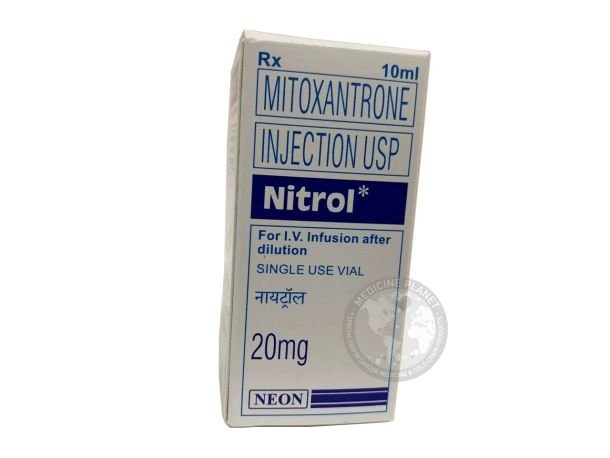
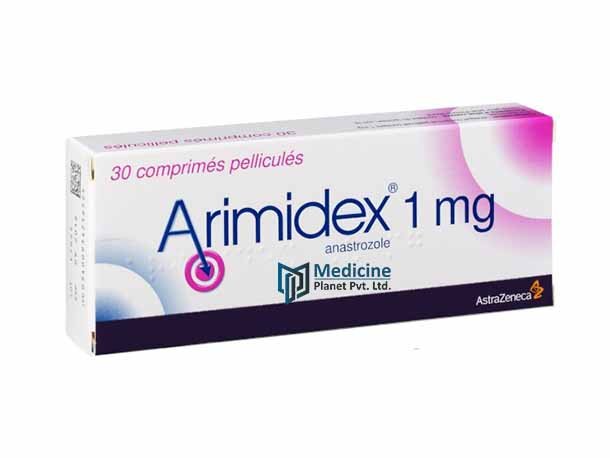

Reviews
There are no reviews yet.